Flower Balloon
MS in Computational Design | Thesis
Carnegie Mellon University
Tags: Sensory Experience, Interaction Design, User Experience, User Study
MS in Computational Design | Thesis
Carnegie Mellon University
Tags: Sensory Experience, Interaction Design, User Experience, User Study
- A quick prototyping experiment to observe human plant interaction when the plant is given novel parts.
- The observed interaction patterns inform future interaction design regarding materials, interfaces, technologies, etc, for future plant prosthetics design.


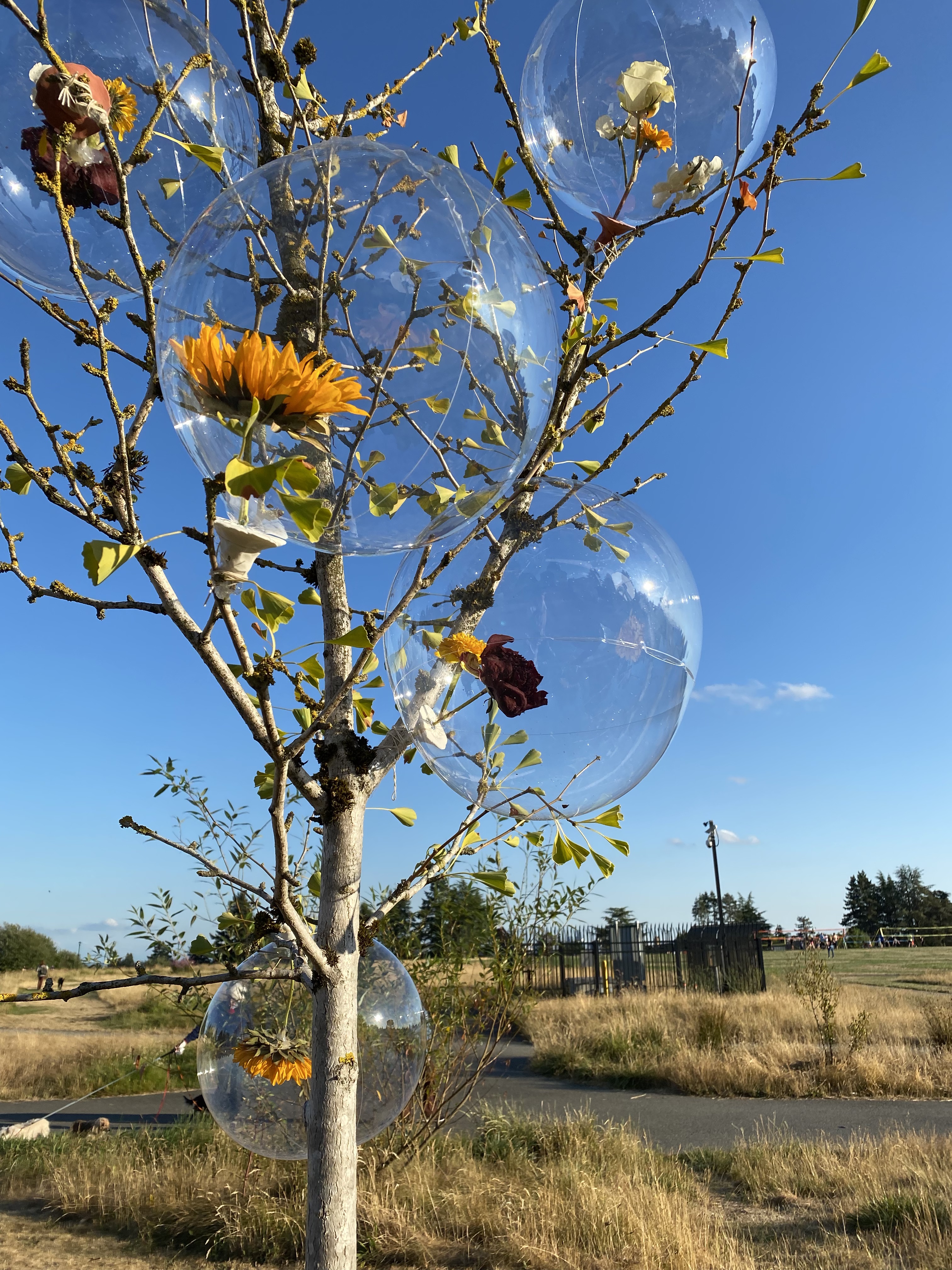
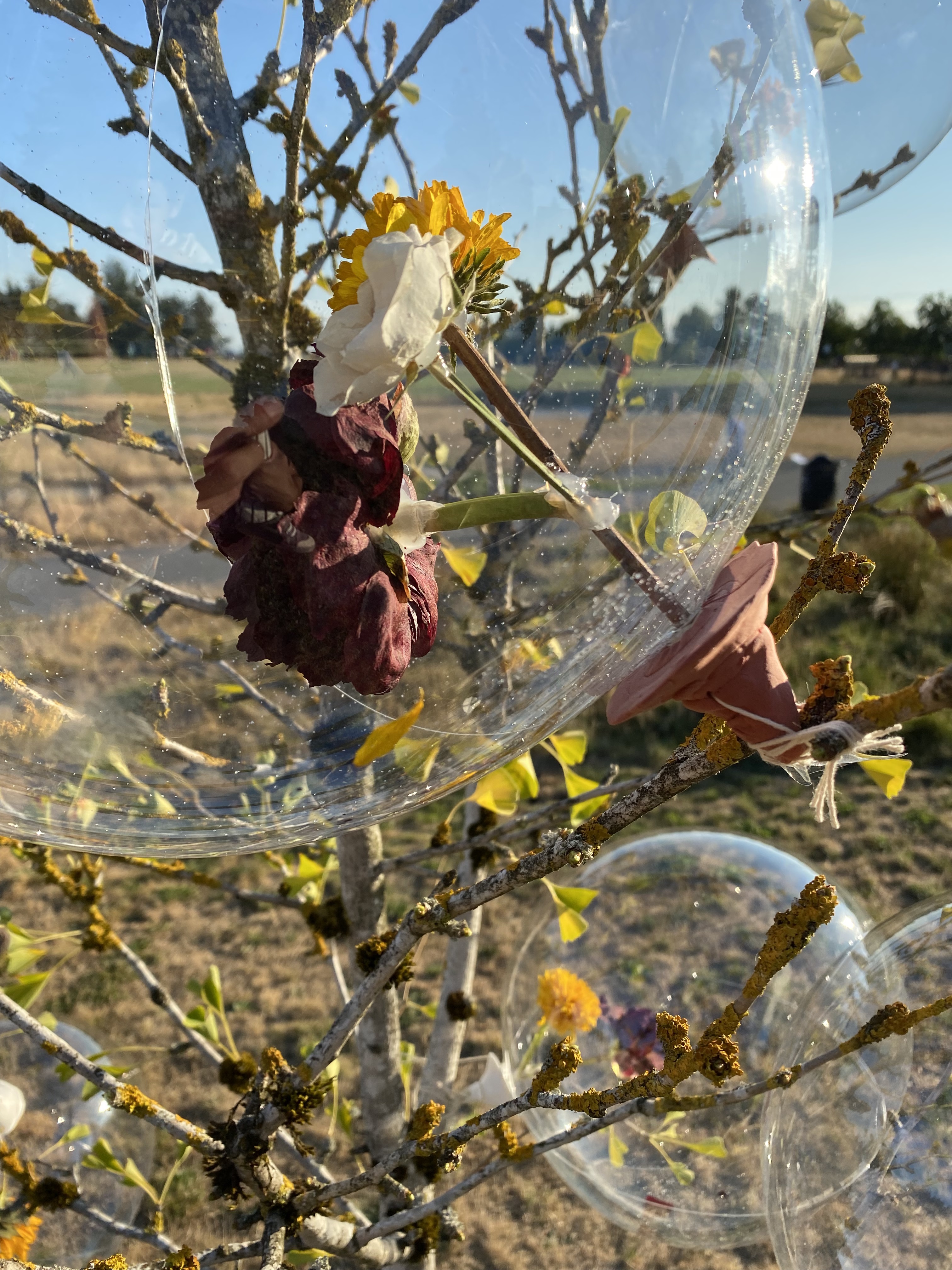
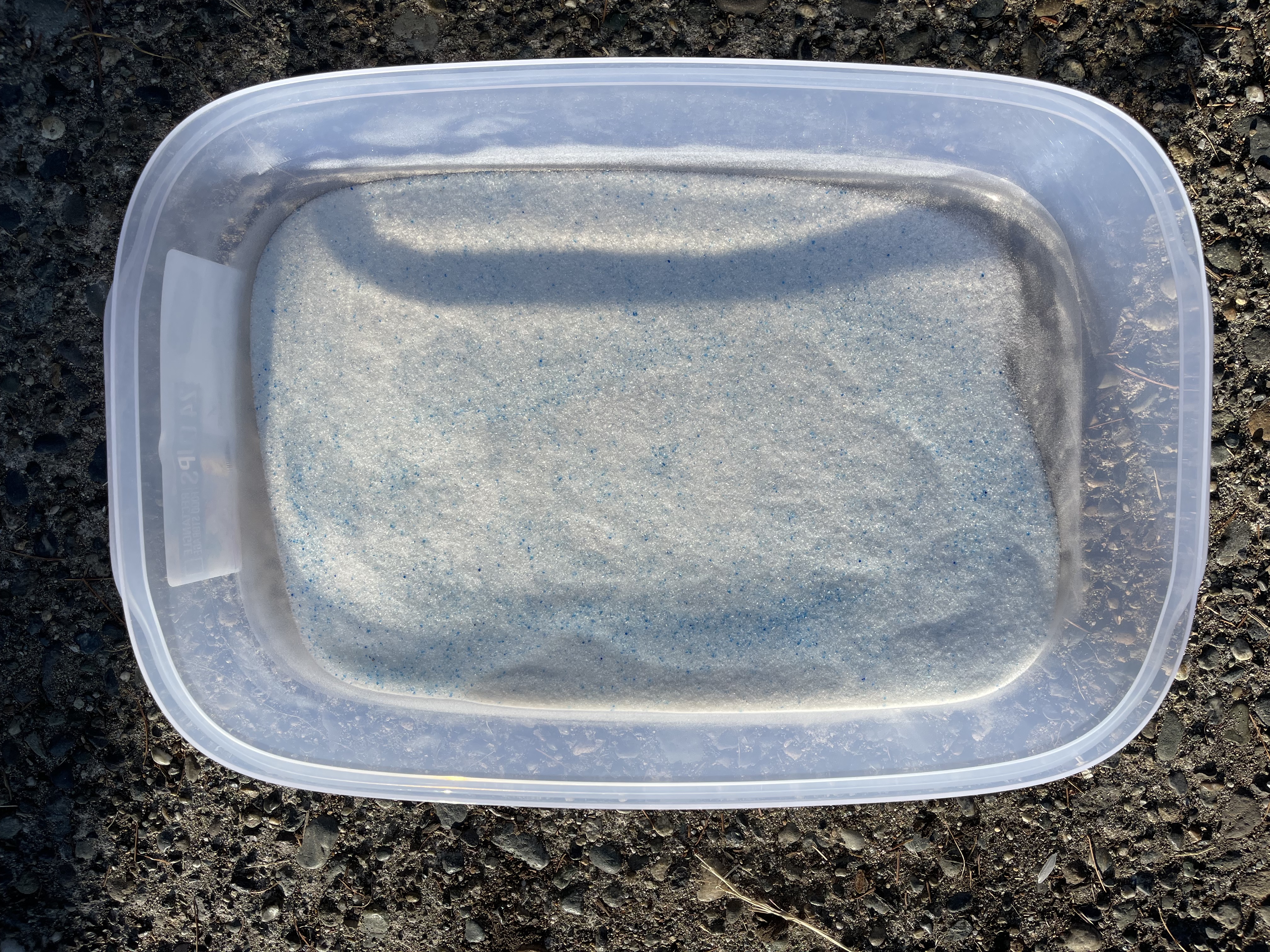

Flowers:
The process started with collecting flowers in the neighborhood that I live (Maple Leaf @ Seattle). I collected flowers on my evening walks and brought them back home. Using silica gel to dry the fresh flower and storing them in air-tight container for 4-7 days to achieve best results.
The thoughts here for collecting local flowers within the neighborhood are based on following reasons.
1. Creating novelty out of daily objects that local residents are familiar with to bring out new interactions and attentions.
2. Being fresh and seasonal that matches the patterns happening in nature.
3. A collection of local organisms that represents local gardening/urban landscape information.
After the flowers are dried, different species are selected to put together to form different bundles. The selection criteria is trying to diversify the species in a bundle as much as possible so as to create this alien/novel concept of one(branch) to many(flowers) relationship, which ties to a futuristic thinking of grafting different species/organisms together.
Once the bundles are formed, they are then put into the balloons.
Container:
The balloon serves as a metaphor of alien part that is integrated with natural organism. They also represent a special observation and interaction space for human and plants.
The process started with collecting flowers in the neighborhood that I live (Maple Leaf @ Seattle). I collected flowers on my evening walks and brought them back home. Using silica gel to dry the fresh flower and storing them in air-tight container for 4-7 days to achieve best results.
The thoughts here for collecting local flowers within the neighborhood are based on following reasons.
1. Creating novelty out of daily objects that local residents are familiar with to bring out new interactions and attentions.
2. Being fresh and seasonal that matches the patterns happening in nature.
3. A collection of local organisms that represents local gardening/urban landscape information.
After the flowers are dried, different species are selected to put together to form different bundles. The selection criteria is trying to diversify the species in a bundle as much as possible so as to create this alien/novel concept of one(branch) to many(flowers) relationship, which ties to a futuristic thinking of grafting different species/organisms together.
Once the bundles are formed, they are then put into the balloons.
Container:
The balloon serves as a metaphor of alien part that is integrated with natural organism. They also represent a special observation and interaction space for human and plants.
Hosting Tree:
I picked a hosting tree that is located in a neighborhood park. It is a ginko tree that does not seem to be very happy in this urban park. It is young and shy tree that rarely catches any attention. By choosing the tree as a hosting tree, I would like to see how the novel flower balloons would affect people’s interaction with this anonymous tree differently, whether or not this hosting tree can gain more attention and care.
Location:
The location is the neighborhood park located in Maple Leaf Neighborhood, Seattle. This park is a popular to-go place for local residents. They usually spend their evenings during the week or weekends in the park, exercising, walking dogs, hanging out with families. Most people in the park are very familiar with the park , in which case the usual landscape or context won’t trigger too much distraction or curiosity. It is a perfect experimenting spot to see if anything novel would foster curiosity and attract attentions.
I picked a hosting tree that is located in a neighborhood park. It is a ginko tree that does not seem to be very happy in this urban park. It is young and shy tree that rarely catches any attention. By choosing the tree as a hosting tree, I would like to see how the novel flower balloons would affect people’s interaction with this anonymous tree differently, whether or not this hosting tree can gain more attention and care.
Location:
The location is the neighborhood park located in Maple Leaf Neighborhood, Seattle. This park is a popular to-go place for local residents. They usually spend their evenings during the week or weekends in the park, exercising, walking dogs, hanging out with families. Most people in the park are very familiar with the park , in which case the usual landscape or context won’t trigger too much distraction or curiosity. It is a perfect experimenting spot to see if anything novel would foster curiosity and attract attentions.
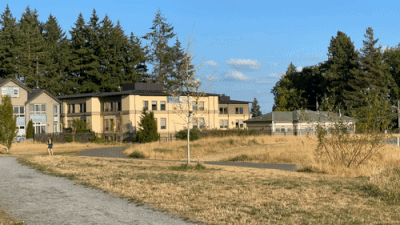
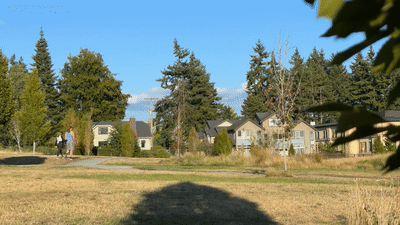
Observation Results:
It is interesting to see the quick prototyping attracted quite a bit attention and fostered quite a lot curiosity among the local residents who were hanging out in the park. Due to Covid-19, a lot of people chose to stand next to the installation and took a closer look. However, there were still quite a bit of people who try to touch the balloons and manipulate it for fun and out of curiosity.
People spend more time looking at the flowers in the balloons, trying to study what they are and how they were put into the balloons.
It is interesting to see the quick prototyping attracted quite a bit attention and fostered quite a lot curiosity among the local residents who were hanging out in the park. Due to Covid-19, a lot of people chose to stand next to the installation and took a closer look. However, there were still quite a bit of people who try to touch the balloons and manipulate it for fun and out of curiosity.
People spend more time looking at the flowers in the balloons, trying to study what they are and how they were put into the balloons.

